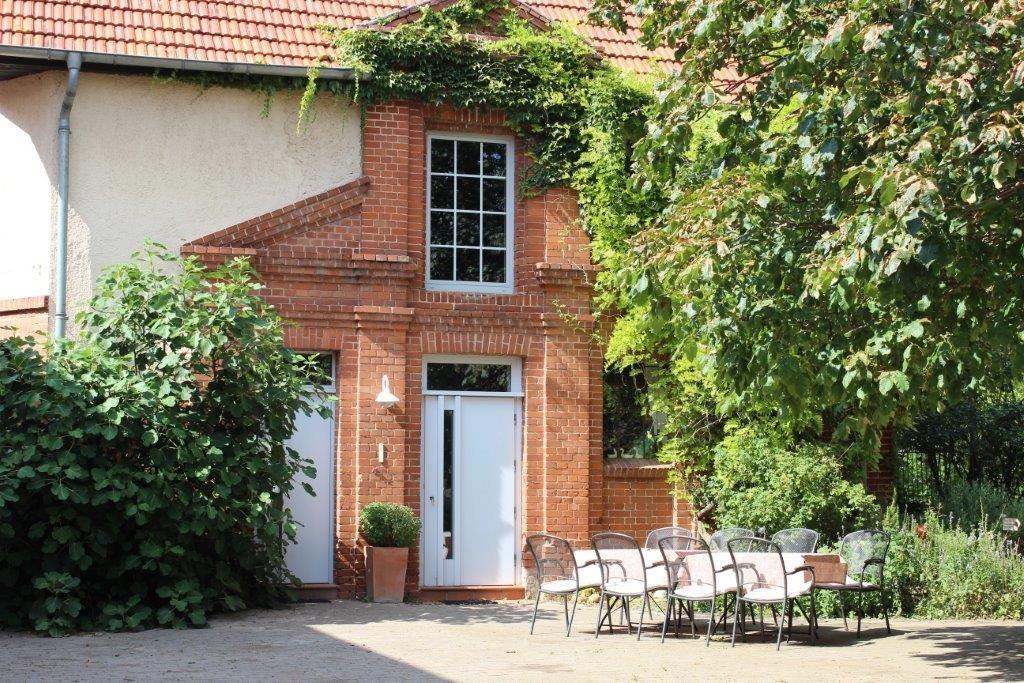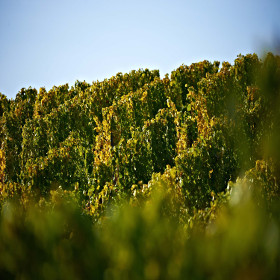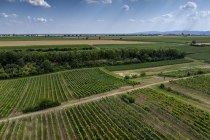Winery Hess GbR
In the south of Rheinhessen, in Wonnegau, we are not far from the city of Worms in the wine village Mörstadt. There, we now operate our winery in the 5th Generation. Out of conviction we manage our vineyards according to controlled organic guidelines. Our portfolio includes uncomplicated everyday wines that show individual character and origin. We also offer sparkling wine, secco and brandies made with our own products.
Visit us and get to know our wines.
English speaking visitors are welcome.











